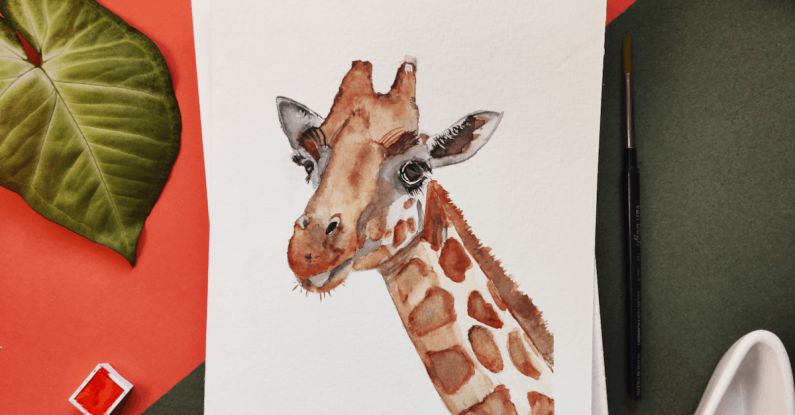
Art has long been recognized as a powerful form of expression that reflects the values, beliefs, and ideals of a particular culture. Through various mediums such as painting, sculpture, music, literature, and dance, artists capture the essence of their society, conveying both explicit and implicit messages that provide insights into the cultural fabric of a community. The relationship between art and culture is intricate and symbiotic, with art serving as a mirror that reflects the social, political, and spiritual dimensions of a society. In this article, we will delve into how art serves as a reflection of cultural values and why it is essential in understanding the dynamics of a civilization.
Art as a Reflection of History:
One of the primary ways in which art reflects cultural values is through its depiction of historical events and narratives. Artworks often serve as visual records that document significant moments in a society’s past, offering viewers a glimpse into the collective memory of a community. For example, historical paintings, such as Jacques-Louis David’s “The Death of Socrates,” not only depict a specific event but also convey the prevailing philosophical ideals of the time. By examining such artworks, historians can gain valuable insights into the cultural, social, and political climate of a particular era.
Symbolism and Cultural Identity:
Art is also a potent tool for expressing cultural identity and heritage. Artists often incorporate symbols, motifs, and themes that are deeply rooted in their culture, serving as a means of preserving and celebrating their heritage. For instance, traditional Japanese woodblock prints, known as ukiyo-e, are not merely aesthetic creations but also reflections of Japanese values, customs, and traditions. The use of specific symbols, such as cherry blossoms or Mount Fuji, conveys deeper meanings that are understood within the cultural context. By analyzing such artworks, viewers can gain a better understanding of the values and beliefs that shape a particular culture.
Social Commentary and Critique:
In addition to serving as a mirror of cultural values, art also plays a crucial role in critiquing societal norms and practices. Artists often use their creative platforms to address social issues, challenge the status quo, and provoke thought and discussion. For example, contemporary artist Banksy is renowned for his politically charged street art that critiques authority, consumerism, and inequality. Through his thought-provoking artworks, Banksy challenges viewers to question the existing power structures and societal values, thereby sparking important conversations about pressing issues.
Artistic Movements and Cultural Shifts:
Artistic movements often arise in response to significant cultural shifts and revolutions, reflecting changing values and ideologies within a society. For instance, the Impressionist movement of the late 19th century emerged as a reaction against the rigid conventions of academic art, emphasizing the subjective experience and perception of the world. The vibrant, expressive works of artists like Claude Monet and Edgar Degas reflected a desire to break free from traditional norms and embrace new ways of seeing and interpreting the world. By studying artistic movements, historians can trace the evolution of cultural values and attitudes over time, highlighting the dynamic nature of culture and society.
The Enduring Legacy of Art:
Artistic creations have the power to transcend time and space, leaving a lasting legacy that continues to influence and inspire generations to come. Through their works, artists immortalize cultural values, beliefs, and experiences, ensuring that future generations have a window into the past. Whether through ancient cave paintings, Renaissance masterpieces, or contemporary installations, art serves as a testament to the diversity and richness of human culture, connecting people across different eras and continents.
In conclusion, art is a multifaceted and dynamic reflection of cultural values, embodying the essence of a society through its historical, symbolic, and critical dimensions. By studying art, we gain valuable insights into the collective consciousness of a community, understanding its past, present, and future aspirations. As we continue to appreciate and engage with art in its various forms, we deepen our understanding of the complexities and nuances of human culture, fostering a sense of empathy, curiosity, and connection across diverse societies and traditions.





